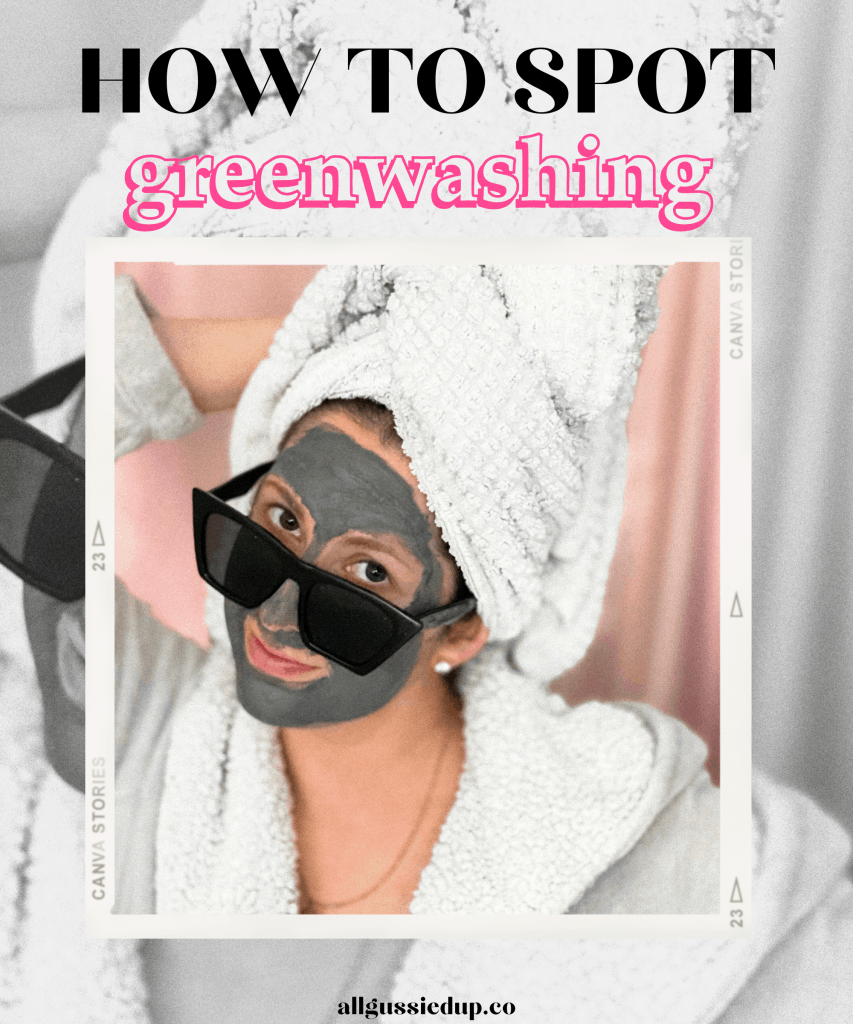
The new year is here and it’s the perfect time to detox your products – from the kitchen to your vanity.
Greenwashing is something I’ve been wanting to write about for a long time. I learned about the term around the time I downloaded Think Dirty – if you are into learning about the ingredients found in your favorite products, you HAVE to download this app.
Anyway. If you’re wondering WTF greenwashing is, essentially it means that a company claims that a product is environmentally friendly when it is not.
Let’s dig a little deeper, k?
Story time…
I had recently downloaded the Think Dirty App and went around my house scanning items to see how toxic (or not) they were. One of the worst products I scanned was Mrs. Meyers hand wash – the scent was Rose. The rating came back from Think Dirty and it was NOT GOOD. I proceeded to look at other Mrs. Meyers scents and products and they were all on varying levels of being toxic.
What’s cool about Think Dirty is that it provides non-toxic alternatives for your favorite products that are “dirty”. So I swapped out Mrs. Meyers for Puracy products and LOVE them.
Cambridge Dictionary says greenwashing is designed “to make people believe that your company is doing more to protect the environment than it really is.”
There are countless other case studies across all industries though – those that are not sustainable/are toxic, and serve as examples of greenwashing — like the meat mega-giant Tyson, who got busted for false claims about antibiotic-free chickens. Or the fossil fuel giant BP (who changed their name to Beyond Petroleum and put solar panels on their gas stations) and then got called out for their green misdirection, and of course Coke, who has been accused of greenwashing through ‘natural’ sugar claims that it started marketing as a way to attract more health-conscious consumers.
There are a few tried and true (and super obvious) tactics that companies that partake in greenwashing use. Think of them as signs to stay the fuck away. Here are a few to look out for when you’re shopping:
When the color green is used on packaging
If you’ve seen the color green to imply that a product is ‘green’, you’ve seen greenwashing. Like a photo or illustration of a leaf, for example. They think you’re stupid and they’re succeeding. I say that because I fell for it, too! It doesn’t make us stupid though. The best way to know for sure is to read the ingredients list to see for yourself. Many times you’ll see an ingredients list full of shitty chemicals with the illustrated leaf. It’s a bunch of bullshit.
Use of the word “vegan”
Vegan literally means that animal products are not used. Great. That gives way for a million other chemicals to be used. It does not mean that a product is safe and healthy for use.
Omitting material information
Many labels stake “free of” claims, making them sound enticing in comparison to other products that may contain said compounds and chemicals. However, a particular ingredient can still be deceptively toxic if the product, package, or service contains or uses a substance that poses similar environmental risks. This tactic is especially stealthy, as it requires that we as consumers do more extensive ingredient research.
What we can do to combat greenwashing…
The best thing that you can do is check labels diligently. On food, on beauty products, kitchen products, etc. One big one to look out for is added fragrance and color additives. Those are the easiest to spot, but if your’e wondering about a particular ingredient listed, do further research on it before making your purchase. I’ve also begun researching companies, their CEO’s, their investors, and where they source their materials and ingredients. This information is so telling. AKA: follow the money.
Lastly, download Think Dirty as the app goes over all ingredients used and their safety.
xx, Lynn
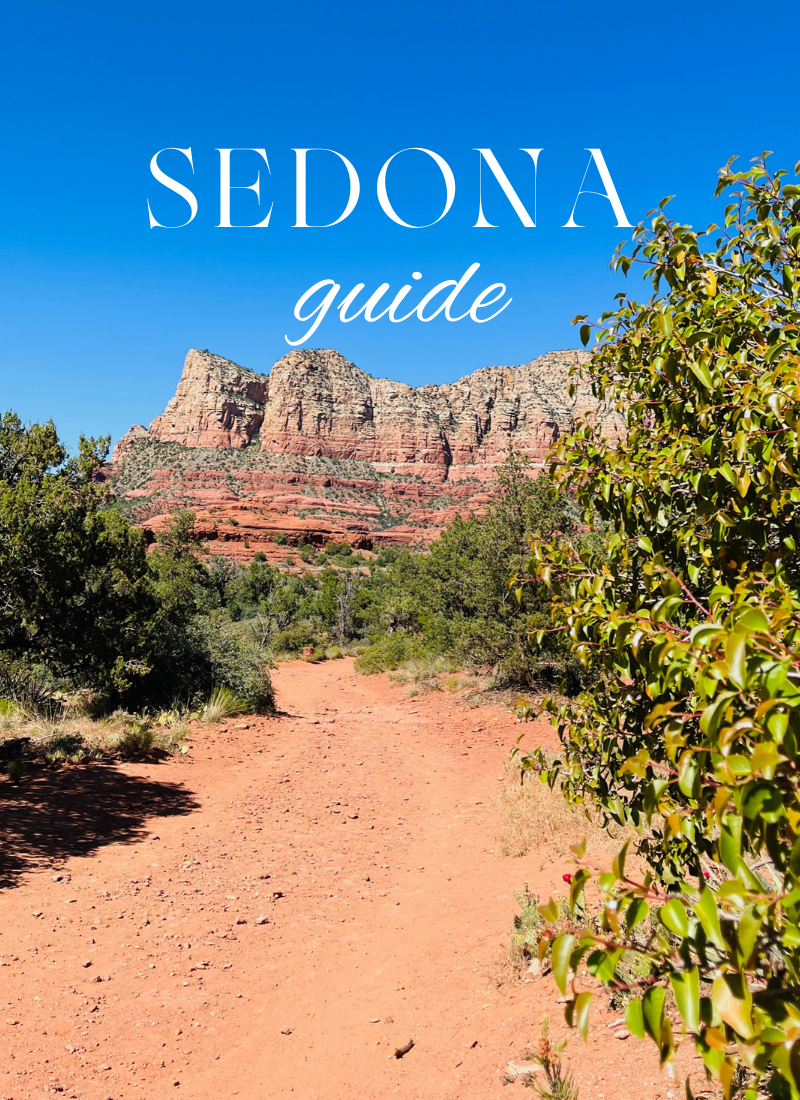
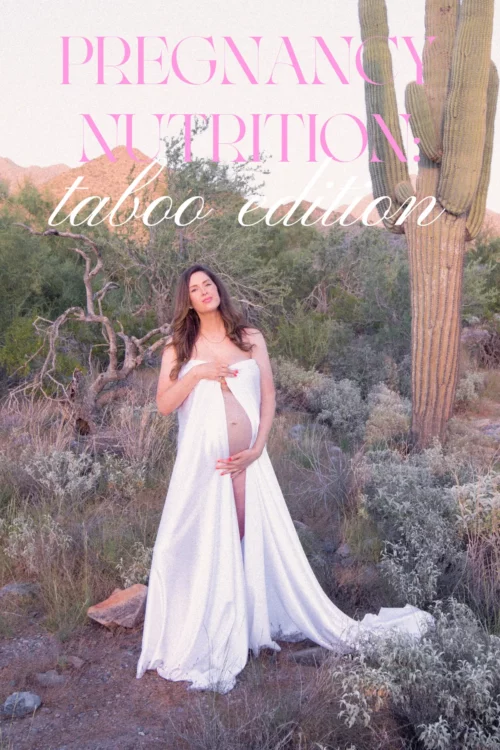
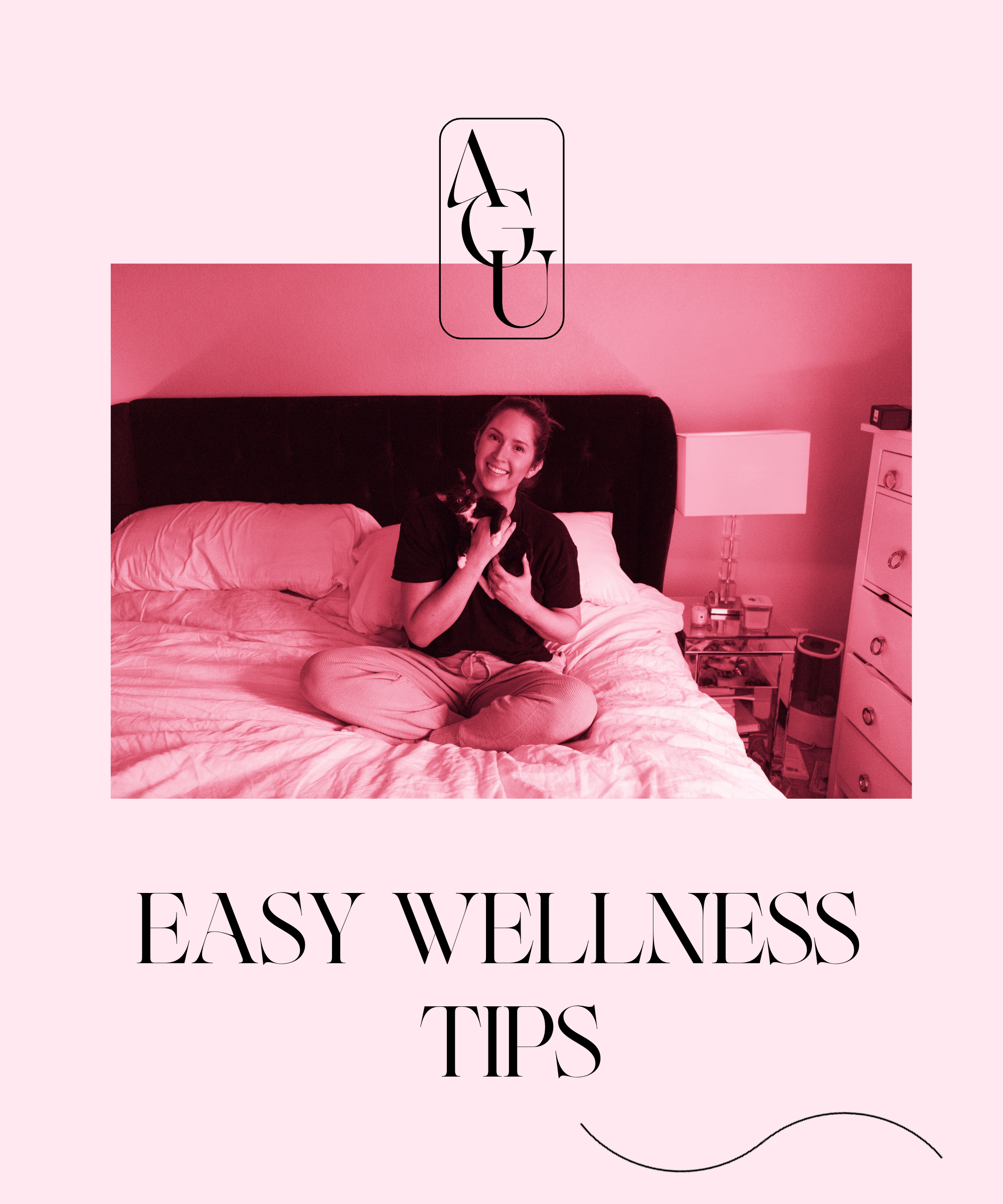
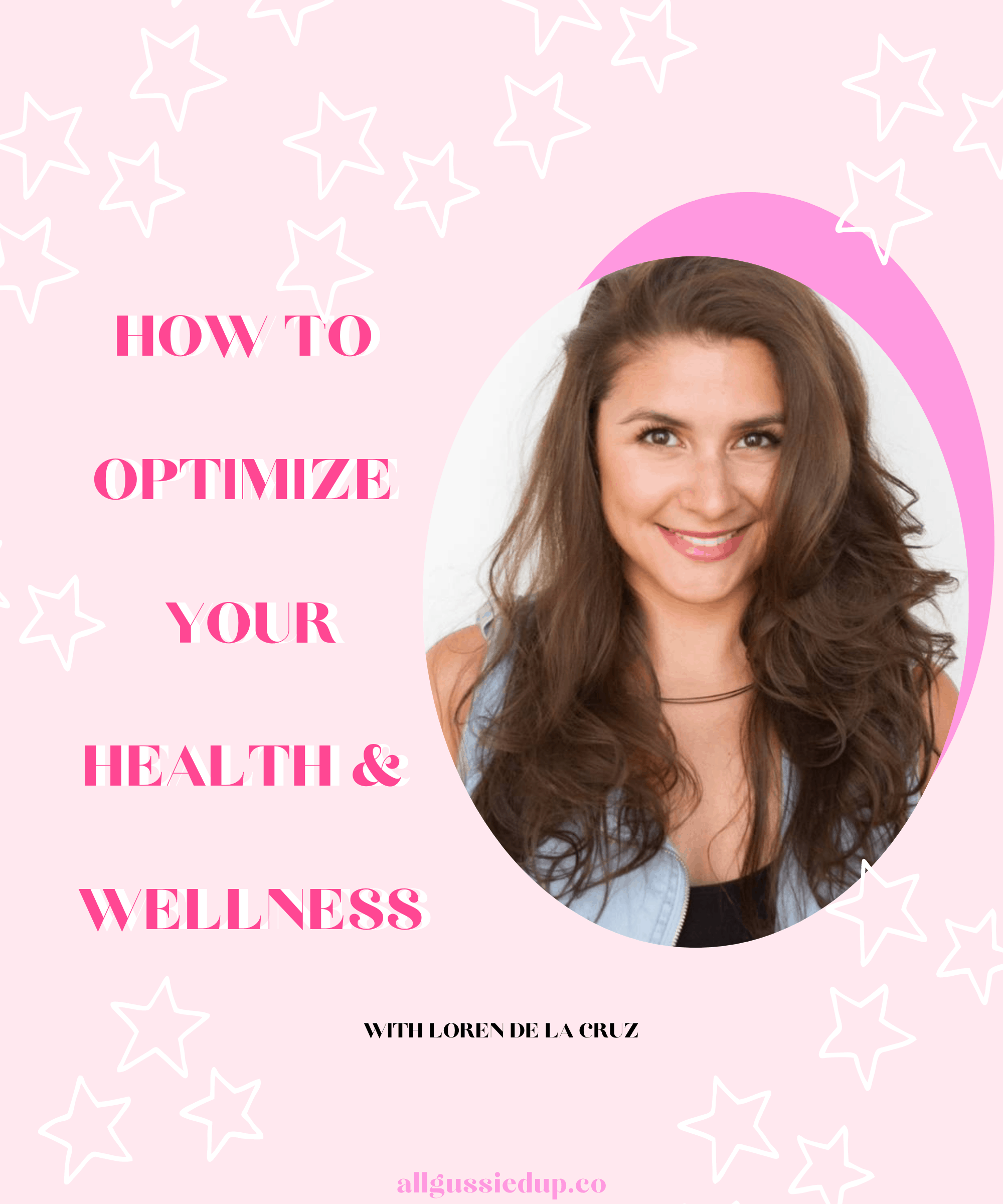

Leave a Reply